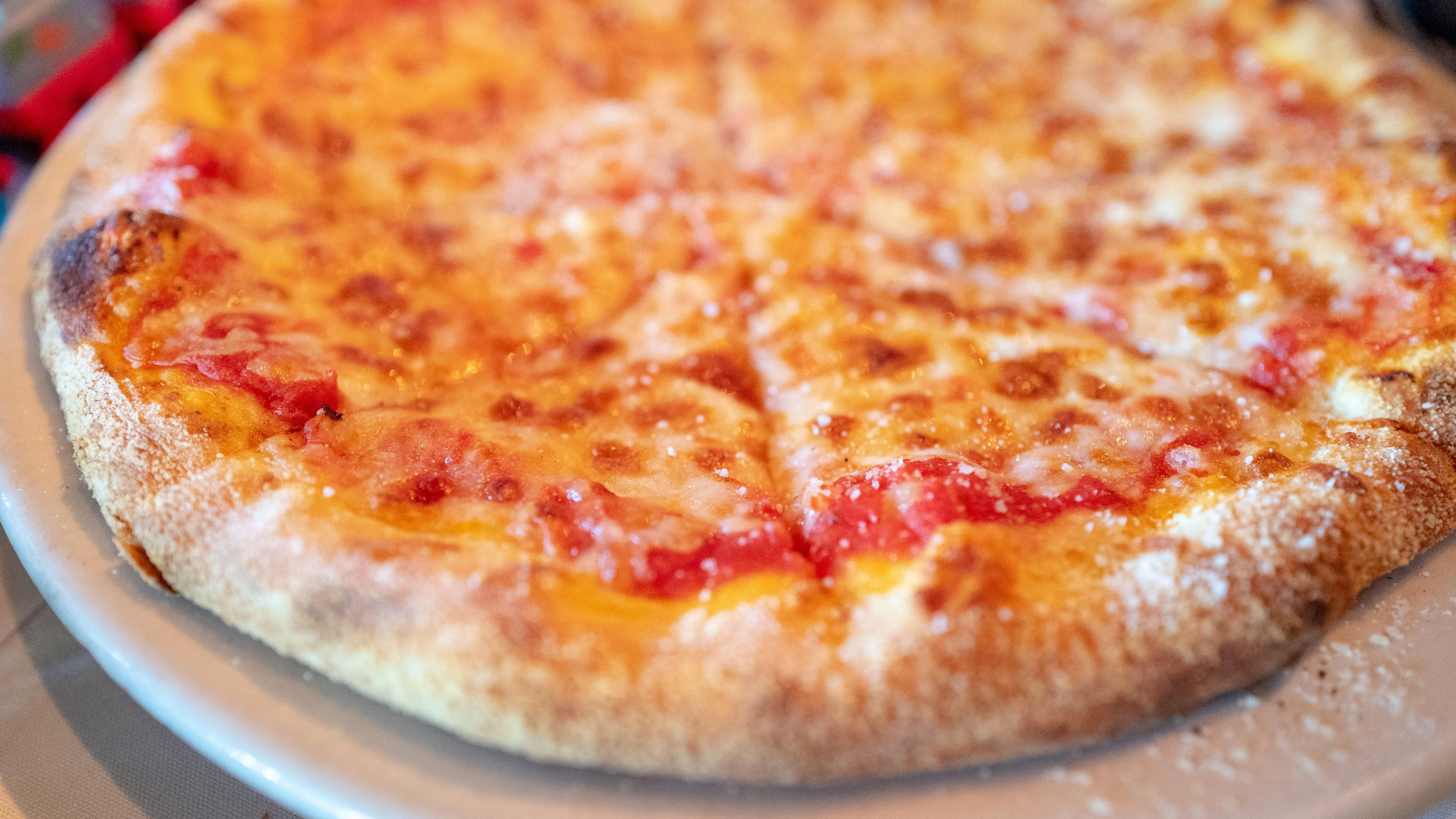Better Sex Ed Starts With These Food Metaphors
Parents are angry about the "Pizza and Consent" lesson, but it actually makes a lot of sense.
"Sex is like pizza: Even when it's bad, it's good." We've all heard that saying at some point. While not the most accurate adage (sometimes sex is like pizza in that when it's bad, it's really, really bad!), it is an example of how the universal experience of eating food can be used to impart lessons about sex.
A middle school in Connecticut recently used pizza in a Family Health and Sexuality lesson for eighth graders called "Pizza and Consent," causing outrage among parents and members of the community, according to Parents Defending Education. In an apology email, the school's coordinator of health and physical education explained that the wrong worksheet was distributed, and the assignment instead was supposed to be about clear communication, with no sexual acts mentioned at all. But explicitly making the lesson about sex could be more beneficial to teens in the long run, and is an exercise that more sex education programs across the country should employ.
What is the “Pizza and Consent” sex ed lesson?
The worksheets associated with this lesson are simple and easy to understand, outlining consent as enthusiastic, fluid, respectful, and, most importantly, required. Before ordering a pizza with a group of friends, for instance, "consent" looks like checking in with everyone about any allergies, topping preferences, and whether they even like pizza to begin with (not everyone does!).
Each student is then encouraged to create their own personal pizza, equating their favorite toppings with sexual acts they enjoy and their "absolutely not" toppings with sex acts they dislike, then talk with other students about those preferences. So, say you only want cheese on your pizza, which we'll call "kissing," and the thing you would never put on your pizza is olives, or "oral sex." Before ordering a pizza, you'll have some things to discuss with the person who only likes olives—or maybe you'll just choose not to share a pizza with that person at all.
"Obviously, you might not be able to list all of your wants, desires, and boundaries, but hopefully you'll start feeling more comfortable about discussing them," the worksheet says.
Makes sense to me! It's a lesson that I was never taught in school, but it's one that would have given me valuable tools I'd still use today.
Food metaphors for virginity, meanwhile, don’t work so well
It's important to note, though, that invoking foodstuffs in reference to sexuality doesn't always work. In the case of most rhetoric used to preach abstinence, these food metaphors are used to specifically disempower young women, whether or not the sex they engage in is consensual.
In 2013, kidnap and sexual assault survivor Elizabeth Smart recalled the lesson she was taught as a student. "I remember in school one time, I had a teacher who was talking about abstinence," Smart said to a panel at Johns Hopkins University. "And she said, 'Imagine you're a stick of gum. When you engage in sex, that's like getting chewed. And if you do that lots of times, you're going to become an old piece of gum, and who is going to want you after that?' Well, that's terrible. No one should ever say that."
In religious contexts, it goes all the way back to the beginning, where an apple is representative of a woman's forbidden sexual desire. Eve gave into her urge, and now everyone has sin because of her. Sexual repression aside, this lesson is convoluted at best: We're supposed to... not eat apples? For our purity?
The absolutes in these abstinence metaphors leave little room for discussion. They're not invitations to open a dialog with your partner—they're mandates from a perceived authority figure who presumes to have control over your body. And that suppression of communication skills can lead to some unpleasurable, not to mention very dangerous, sexual situations.
We should keep using food to talk about consent
Another lesson making the rounds in recent years is the video "Tea Consent." You can ask someone if they want tea, and they can say "yes" or "no." But even if they say "yes," that doesn't mean they have to drink the tea once they receive it, and you can't force them to do so. While the metaphor has been criticized for being too simplistic, it's a far cry from comparing young girls to old pieces of gum.
We should allow educators to teach consent any way they can, and if that comes in the form of lessons about tea or pizza or any other digestible item, even better. We all eat, and most of us will have sex—and some need to learn the words to say if they don't want to have sex.
For parents who are clutching their pearls over talk of sexuality being "inappropriate" for eighth graders, consider that those 13- and 14-year-olds are the midst of (or on the cusp of) puberty, and they're learning about sex from TikTok and movies and books; they might even already be in relationships. Teaching them how to not only discuss what they are comfortable with but learn to respect the requests of others should come sooner rather than later in sex education curriculums.
Soon we can update that old phrase about sex and pizza. "Sex is like pizza: I only have it when I want it with the elements I and my partner like best, and therefore, it's always good." A little wordier, sure, but a much better sentiment to get behind.
